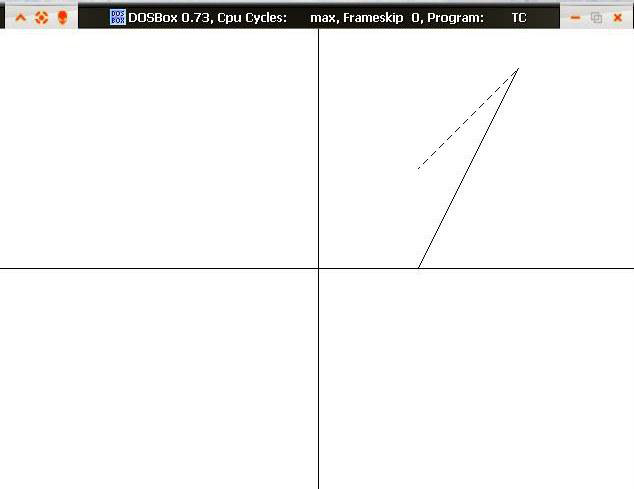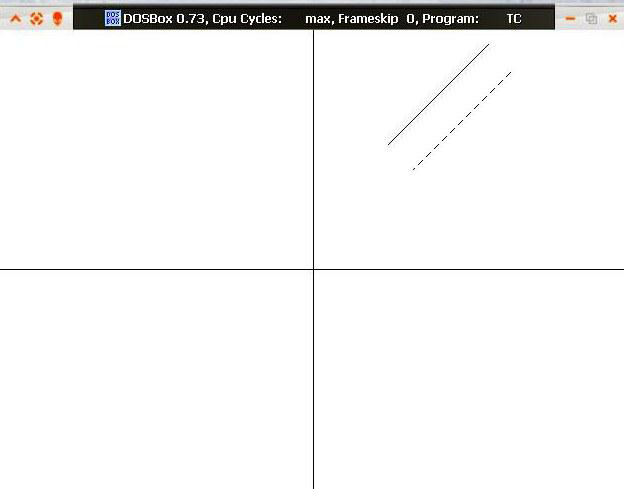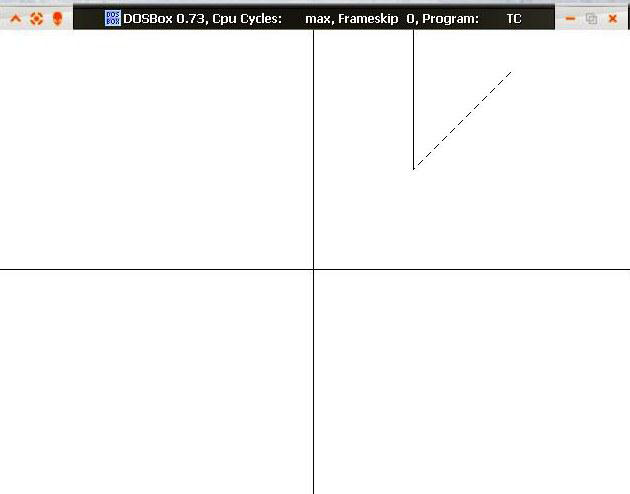Here is C++ code to perform 2-D transformation.
#include<iostream.h>
#include<math.h>
#include<graphics.h>
#include<conio.h>
#include<stdio.h>
void main() {
int x1, y1, x2, y2, i, gd = DETECT, gm;
char d;
void translation(int, int, int, int);
void scaling(int, int, int, int);
void rotation(int, int, int, int);
clrscr();
initgraph( & gd, & gm, "c:\\tc\\bgi");
cout << "enter the end points of the line:\n";
cin >> x1 >> y1 >> x2 >> y2;
line(x1, y1, x2, y2);
do {
cout << "enter the type of transformation:\n";
cout << "1--->translation \n2--->scaling\n3--->rotation\n";
cin >> i;
switch (i) {
case 1:
translation(x1, y1, x2, y2);
break;
case 2:
scaling(x1, y1, x2, y2);
break;
case 3:
rotation(x1, y1, x2, y2);
break;
default:
break;
}
cout << "do u wanna continue??? 'Y' or 'N'\n";
cin >> d;
}
while (d == 'y' || d == 'Y');
getch();
}
void translation(int x1, int y1, int x2, int y2) {
int tx, ty;
cout << "\nenter the translation factors:\n";
cin >> tx >> ty;
x1 += tx;
y1 += ty;
x2 += tx;
y2 += ty;
cout << "the new translated line is:\n";
line(x1, y1, x2, y2);
}
void scaling(int x1, int y1, int x2, int y2) {
int sx, sy;
cout << "\nenter the scaling factors:";
cin >> sx >> sy;
x1 *= sx;
y1 *= sy;
x2 *= sx;
y2 *= sy;
cout << "the new scaling line is:\n";
line(x1, y1, x2, y2);
}
void rotation(int x1, int y1, int x2, int y2) {
int a1, a2, b1, b2, th;
cout << "enter the value for theta:\n";
cin >> th;
a2 = (x2 * cos(th)) - (y2 * sin(th));
b2 = (y2 * cos(th)) + (x2 * sin(th));
cout << "the new rotated line is:\n";
line(x1, y1, a2, b2);
}
Output:



